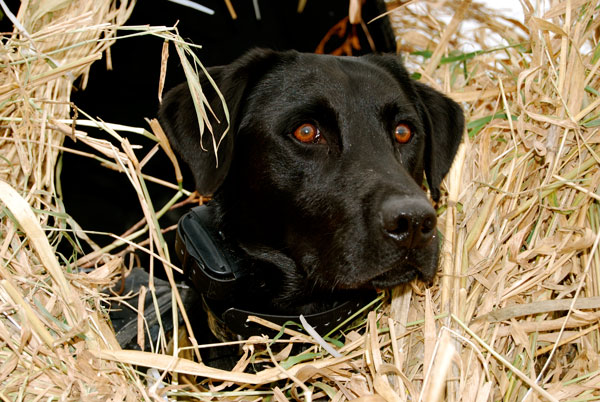The history of the staple south Louisiana dish is centered on women, from food brands to cooks of red beans and rice.
© Red Beans and Rice Mondays
The history of red beans and rice, the staple south Louisiana dish, is centered on women, from food brands to cooks.
A trinity of iconic south Louisiana brands — Cajun Country Rice, Camellia Brand and Savoie’s Foods — have deep Louisiana roots and, in true Louisiana style, all three brands have grandmothers who played pivotal roles in the companies’ histories and development a press release stated.
In 1942, Edward and Evelyn Falcon began Falcon Rice Mill and the Cajun Country Rice brand. Evelyn had to continue the family business alone when her husband died in a car accident in 1971.
Edward had done business with farmers and vendors throughout the region on a handshake — with little to no records of the agreements he had made so Evelyn called on a higher power to continue the family’s business.
© Trahan Family
“We found a six-page prayer – front and back – that my grandmother, Evelyn Hanks Falcon, had tacked to the wall near the top of the closet. She was doing everything she could to help the mill — to save the business and our family,” Robert Trahan said of his grandmother who was born in Indian Bayou, Louisiana, in 1908.
“We found a six-page prayer – front and back – that my grandmother, Evelyn Hanks Falcon, had tacked to the wall near the top of the closet. She was doing everything she could to help the mill — to save the business and our family,” Robert Trahan said of his grandmother who was born in Indian Bayou, Louisiana, in 1908.
Trahan and his sister found the prayer in a supply closet after buying the family business in 2011 and doing some minor remodeling. Under Evelyn’s leadership, the business pulled through.
At Camellia Brand, Elizabeth Hayward also played a pivotal role in the bean businesses’ early days. In 1923, the company started with Hayward’s grandfather selling beans at the French Market.
© Hayward Family
At Camellia Brand, Elizabeth Hayward also played a pivotal role in the bean businesses’ early days. In 1923, the company started with Hayward’s grandfather selling beans at the French Market.
“The Camellia was our grandmother’s favorite flower,” Vince Hayward, CEO of L. H. Hayward & Company, owner of Camellia Brand, said. “The flower also symbolizes love — so, our grandfather decided to name the company in her honor.”
In St. Landry Parish, Savoie’s Foods was created by Eula Morris Savoie. Born in 1926, her pioneering and resourceful spirit launched the business only using a hand-operated No. 3 home meat grinder and her mother’s recipes.
Savoie began making smoked sausage, boudin and hogshead cheese. In 1955, she started selling her goods in Savoie’s Grocery – her family’s grocery store. Soon, she branched out to selling her products throughout the area and launched what came to be her Cajun-certified empire.
© Savoie Family
In St. Landry Parish, Savoie’s Foods was created by Eula Morris Savoie. Born in 1926, her pioneering and resourceful spirit launched the business only using a hand-operated No. 3 home meat grinder and her mother’s recipes.
All three family histories combine to make the simple yet fulfilling dish of red beans and rice. The history of the meal revolves around practicality and Monday.
Legend has it Monday was the traditional south Louisiana washday. A pot of beans could simmer on the stove as women were busy with the all-day process of scrubbing clothes by hand.
With minimal stirring needed from the occupied women, the beans — along with a bone leftover from Sunday dinner, vegetables – bell pepper, onion and celery – and spices – thyme, cayenne pepper and bay leaf — were added to produce an easily prepared one-pot meal served on a bed of cooked rice.
© Courtesy of Social Entertainment
sausage and red beans at Plate Lunch-A-Palooza
The nearly 200-year history of red beans and rice as Monday’s meal is up for some debate, but it is thought the meal was brought to south Louisiana by way of Spanish Caribbean migration.
“Bringing attention to our state’s history and food is a way to celebrate something good — this is a real Louisiana tradition,” Vince Hayward said “And, how do you make an authentic Louisiana dish? You have to use the right authentic Louisiana ingredients.”
Contact Victoria Dodge at [email protected] or on Twitter @Victoria_Dodge
This article originally appeared on Lafayette Daily Advertiser: Red beans and rice: The history of the iconic Louisiana food is centered on women



